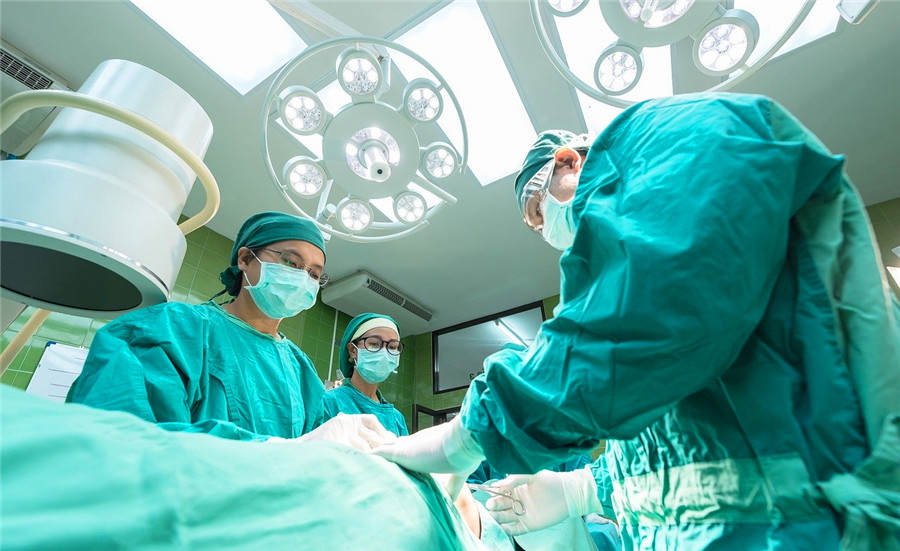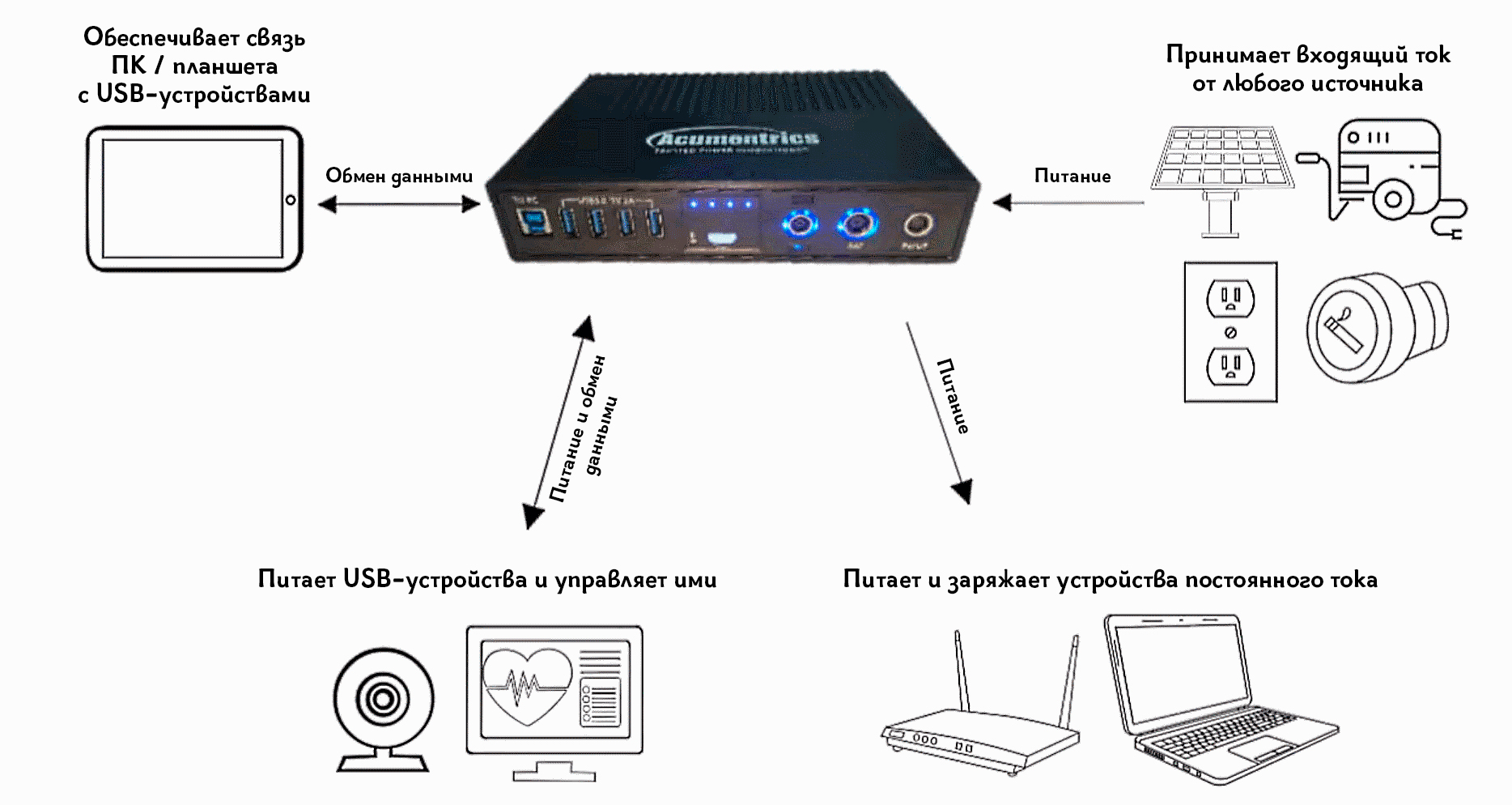
It's already autumn, and in our technical blog, both editors and readers probably want to take a break from complex terms, schemes and diagrams for the use of UPS (uninterruptible power supplies), and talk about something more abstract, albeit not entertaining, but at least broadening horizons. This is what we will do. Everyone knows that the main place of UPS life is under the office table or in the server room of the data center. But you can find UPS in other places where the operation of important systems or even human life depends on the power supply. Below are a couple of interesting examples.
In the sky
It would be surprising if planes didn't have UPSs, given how modern liners are crammed with all kinds of electronics. Of course, the UPS installed on aircraft has a number of special requirements compared to their office counterparts (temperature conditions, resistance to vibration and changes in air pressure), and they are called a little differently - "Emergency Power Supply", or EPS ( Emergency Power Supply). Unlike ground-based UPSs, they are powered by direct current from the 28 V on-board network, but at the output they give out a whole range of different voltages: 24 V and 2.0–6.5 V DC and 115 V / 400 Hz AC.

EPS source 501-1228-04 for Bombardier and Embraer aircraft. Source: PaulGreasley / Wikimedia Commons
On an aircraft, EPS sources are installed in an existing avionics shelf or optional mounting rack. Their task is to keep the power supply to vital avionics in the event of a complete failure of the on-board network, including the auxiliary power unit (APU) and even the emergency air turbine (Ram air turbine), a little-known unit with a century of history in aviation. This is a small impeller with a propeller, which, if all other generators fail, automatically moves out and spins up with the incoming air flow. Despite its small size, the power of the generator is about 10 kVA (depending on the aircraft model).

The emergency turbine moves out of the case when all other generators fail (shown here on the Dassault Falcon 7X business jet, but also used on passenger airliners and military aircraft). Source: YSSYguy / Wikimedia Commons
EPS powers the artificial horizon and other critical avionics consumers. The power circuit for control of the rudder also has 28 V backup batteries - for tires from standard aircraft engine generators and for the APU bus. But there are batteries, not UPS or EPS, i.e. they are charged with direct current and give also direct current.
In EPS, batteries with a capacity of 5-10 Ah are used, and EPS is approximately equal in weight to office counterparts with batteries of similar capacity. For example, EPS with a 5 Ah battery weighs about 6 kg, i.e. like his office cousin. Surprisingly, aviation EPS still uses rather heavy maintenance-free lead-acid batteries rather than lighter lithium-ion batteries. The explanation is simple - the Federal Aviation Agency (FAA) and other aviation regulators are trying to eliminate fire hazardous equipment on board. However, with the advancement of lithium battery technology and the coming era of all-electric aircraft, this ban is likely to be lifted.
How much does an emergency uninterruptible power supply unit cost for an airline? According to answers from Quora, the cost of aviation fuel for a medium-haul aircraft is 1 cent per 1 kg of transported cargo per hour. For the entire service life of a passenger aircraft, the EPS power source will spend about 120-150 thousand hours in the air, and with a weight of 6 kg, it will spend about 7-9 thousand dollars on its travels.
Where lives are saved

The surgeon's hands do not need power, but good illumination of the operating unit is important. Source: Pixabay
Speaking of the next UPS case, we continue our line of saving lives. Health care facilities depend on a continuous supply of electricity to operate equipment that is very sensitive to even momentary power outages. For example, a laboratory blood analyzer performs synchronized processes that last for quite a long time (sometimes several hours). The stoppage of the analyzer due to a power failure can lead to the loss of the studied biomaterial or errors in the diagnostic data, which in turn will be decisive for the patient's life or significantly affect the clinic's work schedule.
Or equipment for cell transplantation in reproductive surgery, in particular, a cryostat - it is extremely important for it to be supported by a backup power system from the UPS batteries: if the power goes out and the samples remain in a de-energized cryochamber, the biomaterial can be destroyed. This will lead to the need to repeat the surgical procedure or the loss of donor cells, which can become a serious problem or even a personal tragedy for the patient.
A properly organized uninterruptible power supply for medical institutions should have three levels of energy support. The first level is a standby diesel generator set (DGU) serving the entire hospital. The second level is UPS kits for critical areas, which include operating rooms, intensive care units, and diagnostic laboratories. The UPS is installed here with additional battery packs for local protection of medical equipment. In the USA, there is a rule that these kits (UPS + external batteries) must ensure that medical equipment operates in a protected room for at least 2 hours. In Russia, according to GOST R 50571.28-2006, the time of autonomous lighting of operating rooms and power supply of other equipment in them (only endoscopes are mentioned) is normalized for at least 3 hours. The third level of protection is UPS,built directly into medical equipment such as artificial lung ventilation (ALV).
Traditionally, online UPSs are used for medical technology, which have zero transfer time to the battery and a pure sinusoidal voltage at the output. A fairly large range of equipment (medical lasers, robotic systems, etc.) cannot operate with an approximated sinusoidal voltage waveform that is provided by line-interactive and standby UPSs.
 A UPS for telemedicine teams can power a range of devices. Source: Eaton
A UPS for telemedicine teams can power a range of devices. Source: Eaton
In addition to stationary UPSs, portable uninterruptible power supplies in shock-resistant cases are produced for use in medical practice. They can use a wide range of devices to charge batteries - portable generators, solar panels and wind turbines, car batteries. Portable UPSs are used by emergency medical teams, and recently - even by therapists who receive patients in telemedicine mode (so far this is a foreign practice).